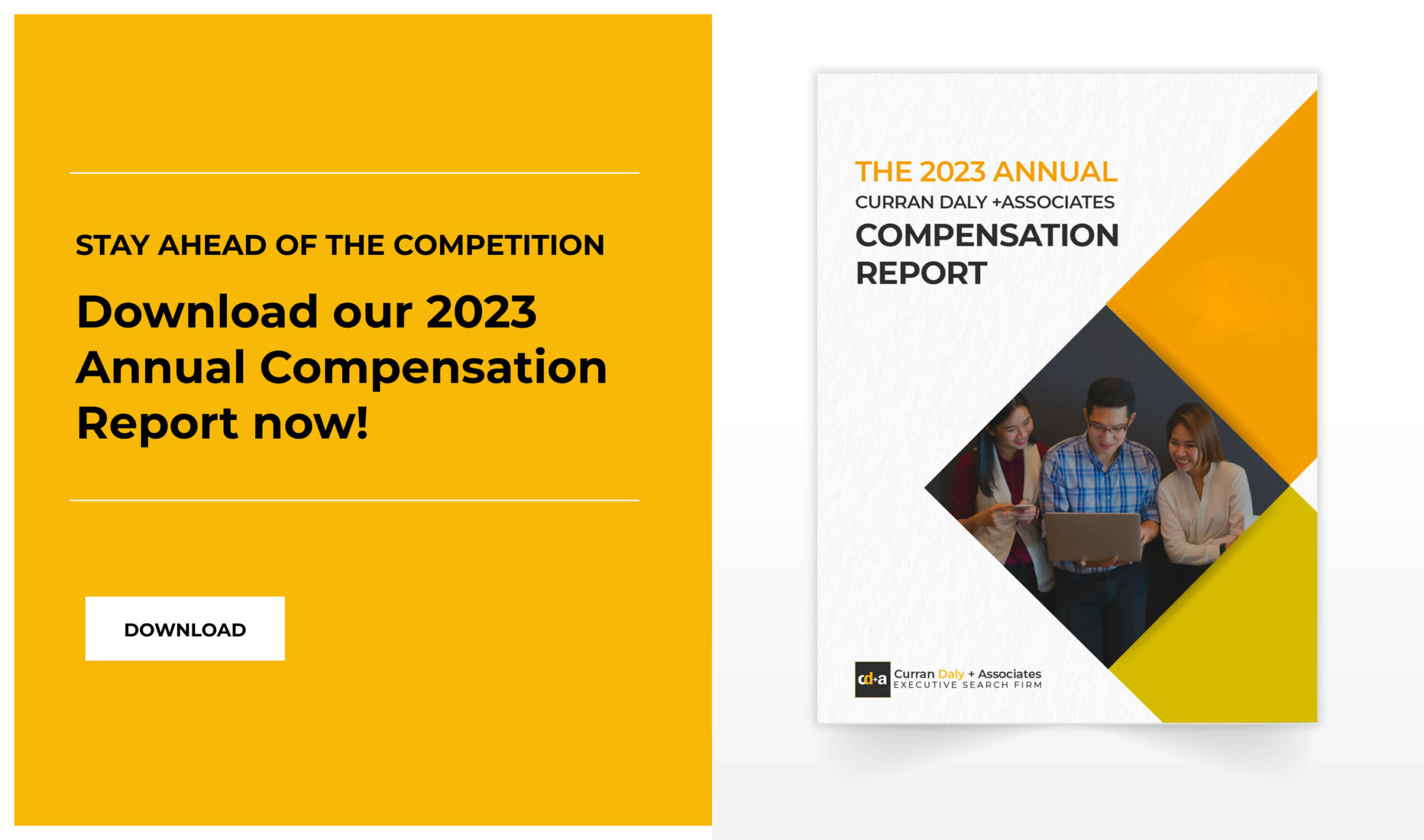- An employee can be considered a flight risk if they are preparing to leave the company.
- They may be disengaged and curious about other opportunities, resulting in them thinking about alternative options.
- No matter how management may look at it, flight risk employees can negatively impact turnover rates and the organisation’s team dynamics.
Perhaps one of the most complicated challenges that organisations have today is to retain their employees.
According to Joblist’s 2022 Trends Job Market Report survey of 2,800 job seekers, more than two-thirds or 68% of employed workers noted that they planned to leave their jobs in the next twelve months.
This is primarily because of the belief (around 79%) that they can make more money when they switch jobs instead of staying in their current role.
Joblist CEO Kevin Harrington noted in a Forbes article, “There are broad expectations that higher pay is out there. And they’re probably right given the market conditions.”
In the aftermath of the Great Resignation, employees are still on the move. As the cost of living rises at an unprecedented rate, the phenomenon has generated more flight-risk employees than ever.
While an unsatisfied employee may be hard to pinpoint, there are clear warning signs when they are preparing to leave.
What is a flight risk employee?
An employee can be considered a flight risk when they are preparing to leave the company. There’s a good chance that they may be disengaged and curious about other opportunities, resulting in them thinking about alternative options.
A flight risk employee is someone in the process of thinking over whether they should stay with the company or not. They are also more receptive to exploring new job opportunities from other companies.
No matter how management may look at it, flight risk employees can impact turnover rates and team dynamics in an organisation, leading to increased costs and lower productivity.
So, how can a company identify flight risk employees?
· Lack of engagement
Flight risk employees are often disengaged. While it may be hard to get a sense of an employee’s motivation, there may be signs that will be hard to miss. If an employee fails to contribute during discussions or may have lost interest in their tasks, it’s highly likely that their engagement has dropped. They may no longer be excited about the work they’re doing, and these are signs that they already have one foot out the door.
· Constant absence
Everybody needs time for themselves every once in a while, and annual leave should be encouraged. But it’s a different case when an employee is often absent, and they’re often leaving early without justification or if they take long lunches regularly. It could be because their mind is on other opportunities already.
· Missing deadlines
There may be many reasons why employees may be dropping the ball on their tasks. However, if it’s becoming more frequent, there may be other reasons why there’s a drop in their quality of work. If they no longer seem to care that they’re missing deadlines, then it could be a sign that their work is no longer meaningful to them.
· Disinterest in development opportunities
If an employee is already checking out mentally, new challenges at work may no longer appeal to them. As a result, career progression in the company may no longer interest them. This should be a big red flag for the management.
Related: Achieving Work-Life Balance in the New Normal
Reasons why employees become a flight risk
REASON 1: Going to a major life change
Employees may undergo several significant life-changing events that may cause them to re-evaluate their priorities in the company. General milestones like moving houses, becoming a parent, or preparing for retirement, may change an employee’s priorities and perspectives, especially when it comes to work.
REASON 2: Feeling stuck in the job
Employees, in general, would like to feel like they’re always progressing. If they lack development opportunities or if there are no new projects, it’s easy to fall into a rut at work. Employees may feel demotivated if their work becomes too monotonous day-to-day.
REASON 3: Better offers from other companies
Amidst the Great Resignation, companies have started to find new and inventive ways to discover new talent. There’s a chance that flight risk employees are getting in touch with other companies. If employees feel dissatisfied with their current role, they may be open to switching companies, especially if a better compensation package is involved.
REASON 4: Change in management
A change in organisational structure may become a catalyst that may wreak havoc on turnover rates. This is usually the result of miscommunication, especially if the management fails to consider how employees will be affected.
REASON 5: Perception of low pay
With the rising inflation rates, it’s getting harder and harder to keep up with the cost of living. That’s why it’s essential to regularly examine and benchmark salary packages for roles in the industry. Or else, there may be a bigger chance that employees will jump ship and look for better opportunities. Here are three big factors that companies have to consider when it comes to their employees’ salaries:
- When was the last time the company had a salary review?
- What should an employee’s performance appraisal look like?
- Does an employee’s remuneration package seem on par with their current performance or in line with other roles in the same position?
Related: Top Trends on Talent Management in Global Companies
Compensation Best Practices to Retain Employees
BEST PRACTICE 1: Do your due diligence.
When it comes to an employee’s compensation, companies should not just offer an amount of what they think is competitive; they should actually provide a compensation package based on market research. Competitive pay in the industry is essential, and companies must figure out the sweet spot to offer the right compensation package to entice their employees.
BEST PRACTICE 2: Enforce pay parity in the organisation.
While it’s important to set a competitive package that’s a standard in the industry, it’s also equally important to make sure that an employee’s pay is comparable with their peers in the organisation. There’s a high chance that employees may feel undervalued if they discover that there’s a pay disparity among their colleagues.
BEST PRACTICE 3: Incentivise employees to stay with the company.
Compensation is one of the major driving forces that will make an employee stay in the organisation. To influence this decision, companies can use compensation to their advantage by creating tenure-based bonuses whenever they hit certain milestones in the company. It will make them feel more committed to their roles and less likely to leave the company.
BEST PRACTICE 4: Focus on pay, but not at the cost of other retention drivers.
To retain flight risk employees, compensation can arguably be the most critical factor. However, it’s not the only factor. To improve employee retention, companies must address other factors impacting their decision to leave the organisation. Besides focusing on compensation, companies should also be making efforts to improve employee retention with:
· Flexibility: To keep flight risk employees, companies can offer flexibility in how and when they work. Giving the employees the option to work remotely a couple of times a week is an added incentive.
· Wellness: Employees are more likely to stay in an organisation that will prioritise their mental and physical health. A comprehensive wellness program that promotes work-life balance will further incentivize them to stay.
· Culture: Prioritising company culture and maintaining a positive one is essential to an employee’s well-being. If a company creates a culture that makes employees feel aligned with their values and where they feel recognized and appreciated, it will go a long way.
Related: Attracting and Retaining Executive Talent After the Great Resignation
CDA is here to help you attract and retain engaged employees!
Curran Daly & Associates is a specialised executive search firm with dedicated recruiters who are subject matter experts in their field.
Our holistic and targeted approach to executive search service will help organisations find the right role for the right organisation.
Contact us to learn more.
References:
Does Pay Matter When It Comes to Employee Retention?. (2022). Retrieved 16 September 2022, from https://lattice.com/library/does-pay-matter-when-it-comes-to-employee-retention
Isabellecomber. (2022, September 14). How to identify ‘flight risk’ employees. Australia. https://employmenthero.com/blog/flight-risk-employees/
Perna, M. (2022). You Need More Than Just Pay Raises To Win The War For Talent. Retrieved 15 September 2022, from https://www.forbes.com/sites/markcperna/2022/06/08/you-need-more-than-just-pay-raises-to-win-the-war-for-talent/?sh=5935ffd74961










0 Comments